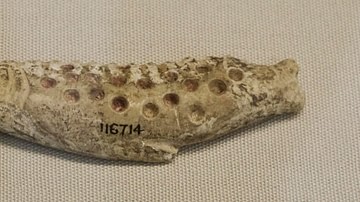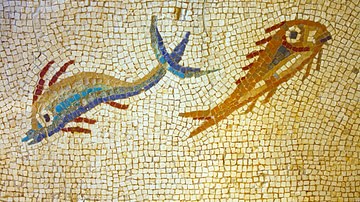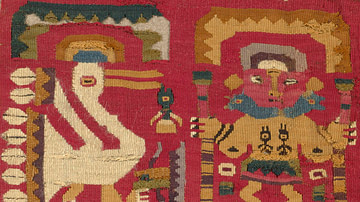Video
Cite This Work
APA Style
TED-Ed. (2019, May 25). Gyotaku: The ancient Japanese art of printing fish - K. Erica Dodge. World History Encyclopedia. Retrieved from https://www.worldhistory.org/video/1748/gyotaku-the-ancient-japanese-art-of-printing-fish/
Chicago Style
TED-Ed. "Gyotaku: The ancient Japanese art of printing fish - K. Erica Dodge." World History Encyclopedia. Last modified May 25, 2019. https://www.worldhistory.org/video/1748/gyotaku-the-ancient-japanese-art-of-printing-fish/.
MLA Style
TED-Ed. "Gyotaku: The ancient Japanese art of printing fish - K. Erica Dodge." World History Encyclopedia. World History Encyclopedia, 25 May 2019, https://www.worldhistory.org/video/1748/gyotaku-the-ancient-japanese-art-of-printing-fish/. Web. 21 Apr 2025.





